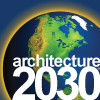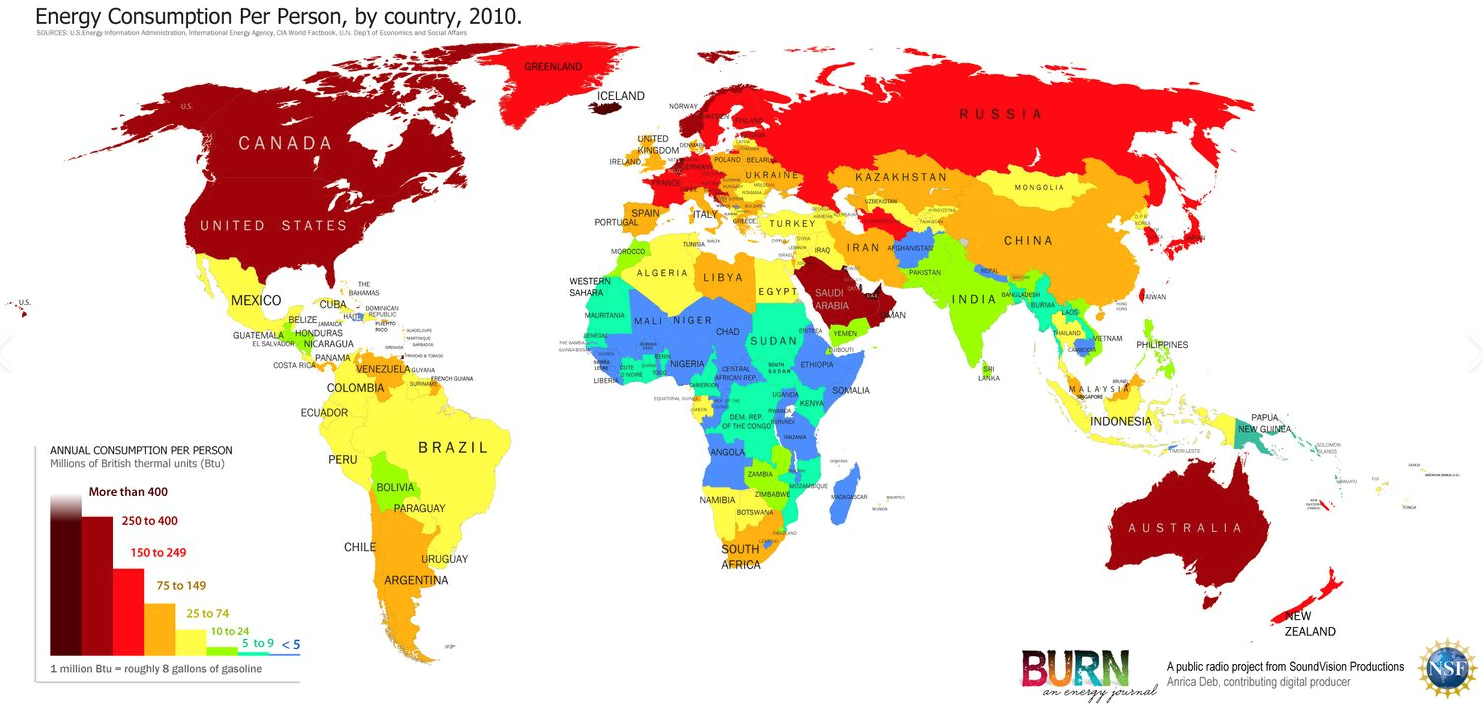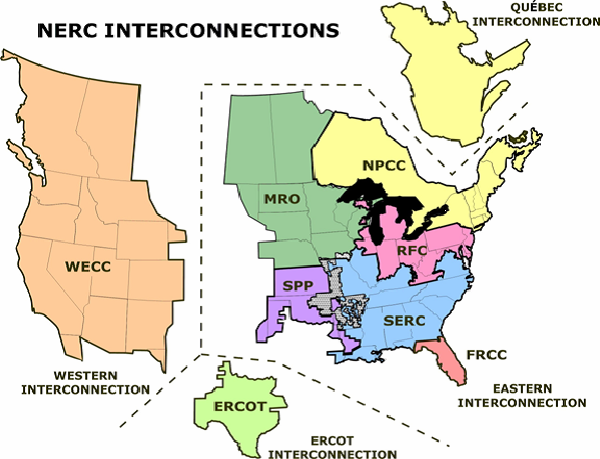Resources

Find a Certified Builder, Find a certified Rater, Learn about PHIUS+ / US DoE Zero Energy Ready certification, See completed Passive house Projects, Learn why hygrothermal analysis is important.

https://www.phius.org/alliance/home
A national forum for professionals, find local chapters, conduit for building industry factions to synchronize with Passive House community, network amongst professionals, a unified voice to policy makers and code officials, training programs, dialogue with policy makers, stimulate desire for reduced consumption while improving indoor comfort and health, incentive for development of higher performing products that meet the Passive House standard, promotion of a more sustainable building approach that addresses current largest portion of US energy production contributing 47 % of harmful greenhouse gas emissions.

A national organization supporting architects and related building design professionals.

The ICC was formed by the combination of BOCA (Building Officials and Code Administrators), SBCCI (Southern Building Code Congress International) and ICBO (International Conference of Building Officials) in the late 1990’s. Since 2000, they combined as promulgators of the coordinated International family of codes International Building, Residential, Energy Conservation, Existing Building, Mechanical, Fuel Gas, Plumbing, Fire, Performance, Green Construction, Property Maintenance, Swimming pool and Spa Codes which are maintained and updated every three years based upon consensus input. ICC codes are the most widely used in the US. ICC provides education and certification, technical support, and code opinions for members. ICCES (Evaluation Services) for products wishing to be certified as meeting code requirements based upon independently established testing methods and criteria.

The National Council of Architectural Registration Boards establishes and supports the architectural profession through general education on how to become a licensed Architect, how to develop experience as an Intern Architect, creation and maintenance of the Architectural Registration Exam, how to obtain State licensure, and how to gain reciprocity in other States. Certification maintenance ensures continued education and experience record keeping for license maintenance and to allow for a simplified path to reciprocity in other States.

https://www.energy.gov/eere/buildings/building-energy-codes-program
This portion of the USDoE indicates status of energy conservation code by state and provides free software and other resources for compliance with minimum requirements of adopted energy conservation codes.

The U.S. eia provides independent statistics and analysis of energy sources and consumption. They also provide useful information about energy and calculations and conversions of the many energy sources. A world energy consumption outlook through the year 2040 is explained in https://www.eia.gov/outlooks/ieo/

The U.S. EPA advocates, provides information and establishes regulations pertaining to many aspects of protecting the environment within the U.S. including climate change, air quality, health and safety, waste management and ecosystems. They also make provisions for the enforcement of the established regulations.

Architecture 2030, a non-profit, non-partisan, and independent organization, was established in response to the climate change crisis by architect Edward Mazria in 2002. 2030’s mission is to rapidly transform the U.S. and global Building Sector from the major contributor of greenhouse gas emissions to a central part of the solution to climate change, energy consumption, and economic crises. Our goal is straightforward: to achieve a dramatic reduction in the climate-change-causing greenhouse gas (GHG) emissions of the Building Sector by changing the way buildings and developments are planned, designed, and constructed. Problem – the Building Sector, Solution – the Building Sector.

https://ourworldindata.org/grapher/per-capita-energy-use
There are many organizations worldwide that have developed statistics, information and images regarding energy use. According to the map above, residents of the US, Canada, Iceland, Norway Saudi Arabia and Australia are the highest energy consumers per person.

https://www.worldatlas.com/geography/latitude-and-longitude.html
Use world atlas to find your latitude and longitude. This information can be used to determine your locations mean annual temperature, mean annual precipitation and other specific climate data where you live and work. The information is vital to building energy modeling to determine your new or retrofitted building’s energy consumption before construction begins.

https://weather-and-climate.com
Find annual graphs of average hours of sunshine, minimum and maximum temperatures, precipitation amount, number of precipitation days, humidity, and wind speed for many large cities throughout the world. Comparing graphs of cities on opposite sides of the globe will help explain the similarities or differences that have and should influence building design and construction techniques.

https://keisan.casio.com/exec/system/1224682277
This tool calculates the angle of the sun by latitude, longitude, elevation, month, and time of day. Knowing this information is vital to the proper design of passive stationary shading devices to allow ‘free’ solar radiation gain when desirable and prevent solar radiation when not desirable. Knowing the time of year to switch from gain to shade and from shade to gain is key to lowering both heating and cooling energy demand.

This site is tool to determine heating and cooling degree days based upon a base temperature (Passive House – 68degF for heating and 77degF for cooling) using recorded historical data from thousands and thousands of public and private weather station devices throughout the world.
https://www.nrel.gov/docs/legosti/old/5607.pdf
This portion of the National Renewable Energy creates average, minimum and maximum solar radiation quantity maps by month or annual average based upon the type and orientation of PV (photovoltaic) or concentrating thermal collector of the U.S. based upon 30-year historical data. These maps can be used, to predict the amount of electricity that will be generated by a given type of solar collector and orientation.

http://www.nrel.gov/docs/fy07osti/38617.pdf
This document studied and documented Source (Primary) energy factors for electricity generation throughout the U.S. It also summarizes the emissions from those electrical generation grids. Passive House criteria includes a maximum Primary (aka Source) Energy demand per square foot per year. The factor used in WUFI-Passive within the US is 2.8 as that is aligned with US EPA Energy Star Portfolio and is updated every 3 years. Factors actually vary depending on the grid generation plant fuel sources, conversion efficiency and length of transmission and distribution from the generation plants to where it enters buildings. In the U.S. the conversion factor for electricity varies between the 10 grids/interconnections serving the 50 US States and Canada. The national average of 2.8 means it takes, on average in the U.S., 2.8 times the amount of energy consumed at a building site to harvest fuel, transport it to the energy generation station, convert it to electricity (most often by combustion of a fossil fuel), transmit and distribute it to the building site. All fossil fuels burned on site have a conversion factor of 1.1 as the fuel is not converted to another form of energy until it is used on site. The most efficient fuel sources are those harvested without conversion prior to use on the building site. NERC is the North American Electrical reliability Council.

